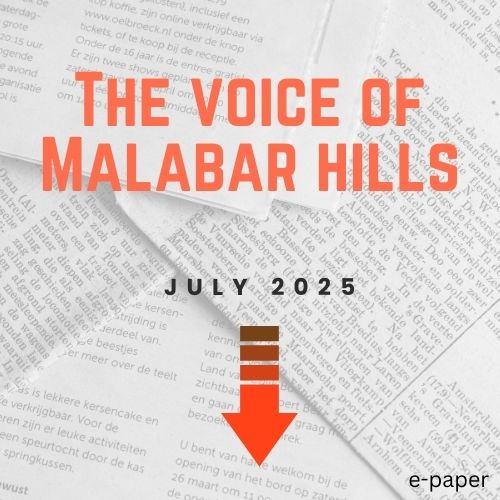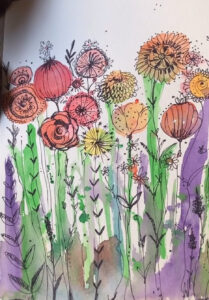The palaces, the rich and those wishing to be near those in power thronged Malabar Hills in the late 18th and early 19th
centuries, but there were also those who thought of the housing needs of the middle-class. For them they built ‘little townships’ at the foothills. An American who moved to England after the American Civil War showed the way. George Peabody was a social visionary, who set up a fund for public education and social housing, with multiple affordable homes in self-sufficient developments.
Khan Bahadur Mucherji Cowasji Murzban (1839 – 1917)
He was a very skilled Parsi engineer and architect who worked with the Bombay Public Works Department (PWD) from 1857 to 1893. His skills were greatly appreciated and he became the President of the PWD and the Executive Engineer of the Municipal Corporation of Bombay. He was responsible for supervising construction in association with the English architects who gave the city all the ornate Victorian heritage structures. He supervised construction of the General Post Office & the Elphinstone College.


TALMAKIWADI Javaji Dadaji Road (next to Bhatia Hospital)
5th April 1941 saw the establishment of the first cooperative housing society development at the foot of Cumballa Hill, near Grant Road station on the road from Nana Chowk to Haji Ali. This was for one community, the Chitrapur Saraswat Brahmins (CSB). A community traces its routes to the now extinct Saraswati River in Kashmir.





